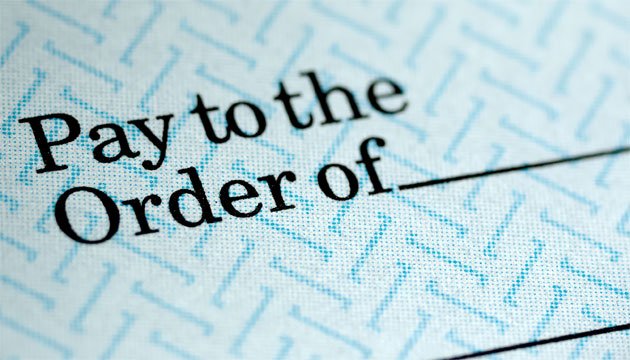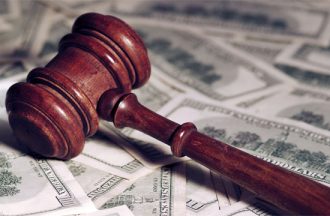
Business owners face a growing risk of check fraud as computers make it easier to create phony checks and banks allow customers to open accounts via telephone and the Internet.
The retail industry alone loses $12 billion a year to bad checks, with industry estimates attributing half of those losses to check fraud. Some industry analysts see the problem of bad checks growing as much as 25 percent annually in the years ahead.
Many businesses rely on check guarantee, check verification, and collection services to fight check fraud. But preventing acceptance of fraudulent checks in the first place is the best policy. According to a recent Ernst & Young survey, 75 percent of merchants used a third-party verification service to pre-approve checks, 16 percent used manual approval methods, and 13 percent used in-house authorization systems.
Here are some other steps to combat check fraud:
Establish a check acceptance policy.
Be sure to follow it consistently. Your policy should define acceptable forms of identification, necessary information to accompany checks, and dollar limits for check writing. Be careful: Laws in several states prohibit check acceptance policies that require a credit card number on the check.
Get ID.
Cashiers accepting checks should be certain the customer name, address and phone number are imprinted on the check and that they match the information on the ID. Be sure the written and numerical amounts on the check correspond. If a bank agrees to process a check with differing amounts, the written amount overrides the numerical figure.
Confirm the customer’s identification is current.
More than 50 percent of forged checks are cashed with an expired driver’s license.
Record the cashier’s ID number or initials on the check.
This information will be needed if there’s a prosecution.
Feel the check.
Merchants should also consider the “feel” of the check since most check paper has the same weight and texture. Except for those checks issued by the government, commercial checks should have a perforated edge. The type style should also be consistent and aligned.
Check the numbers.
Ninety percent of bad checks are numbered below 500. But keep in mind that there’s little to stop a customer from opening a checking account and starting checks with a higher number.
Don’t accept second- or third-party checks.
Only about one percent of the 60 billion checks written each year actually bounce. One-third of check fraud stems from closed accounts and “check kiting,” according to the Nilson Report, a news service for the payment services industry. Another 27 percent is due to counterfeit checks, 24 percent to forgery, and 12 percent to bankruptcy, and 5 percent of check fraud is attributed to other reasons.
Business owners in restaurants and hospitality businesses run a higher than average risk of check fraud. Merchants operating in industries where stolen goods — such as electronics — can easily be resold also run a higher risk of check fraud.
Collecting on bad checks can be difficult if not impossible. Nationally, less than a third of checks returned for insufficient funds are ever paid in full. But collection efforts are far more successful if the merchant acts quickly to seek payment.
Article courtesy of SCORE & AllBusiness.com








